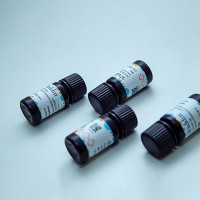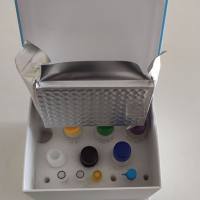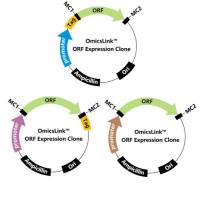Vision-Guided Technique for Cell Transplantation and Injection of Active Molecules into Rat and Mouse Embryos
互联网
469
Direct surgical access to the mammalian embryo is made difficult by its protected position, enclosed in the uterus within the decidua and the embryonic membranes. This condition historically favored the development of experimental embryology in submammalian species like newts, frogs, and chicken, whose embryos are simpler to access (1 ). However, the potential relevance for human health of testing developmental hypotheses on mammals stimulated the development of in utero surgical approaches. Direct surgical manipulation of mammalian fetuses is now possible in many species, including human, but only relatively late in development. Grafting of hematopoietic progenitors (2 ), and treatment of complex central nervous system (CNS) malformations, like myelomeningocele (3 ,4 ), have successfully been performed in humans, but their practical utility is still controversial (5 ). Lamb and rabbit are among the best models for fetal surgery, but, again, successful manipulations are restricted to the last two thirds of pregnancy, when most of the embryonic processes are completed and the development of the brain is quite advanced (6 ,7 ). Moreover, our knowledge of the biology and genetics of these species is considerably less advanced compared to that available for mice and rats. Lambs are also significantly more expensive to maintain, but they remain, at the moment, the best animal model for developing complex surgical techniques with potential clinical applications (6 ). However, for basic neuroscience research, the advantages of using rats and mice are self-evident. In these species, both closed transuterine approaches (8 ,9 ) and open techniques (10 ) that require hysterectomy have been developed. The open technique requires the exposure of the embryo, after section of the uterus and embryonic membranes. In the original description of the technique by Muneoka et al. (10 ), at the end of the planned surgical manipulations, the membranes and the uterine wall (that quickly retracts after any incision) were left open. Only the abdominal wall required suturing after filling the cavity with warm saline.









